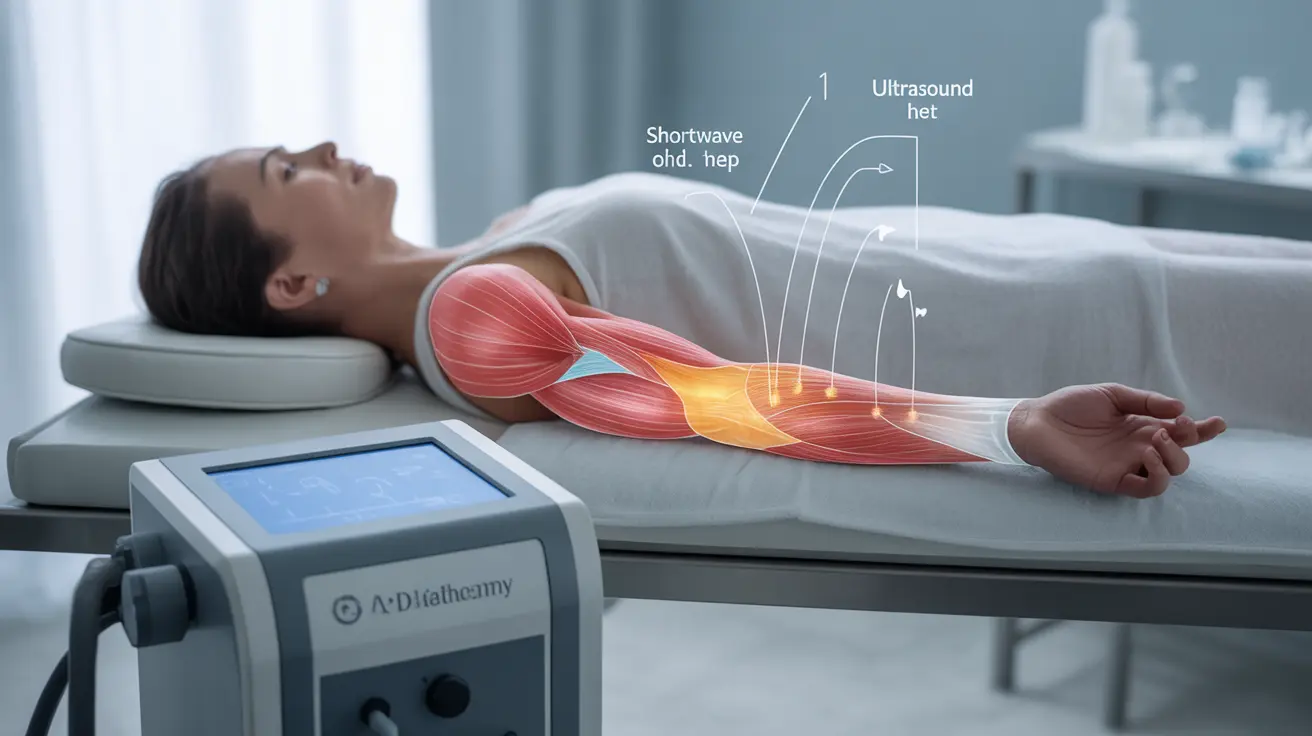Diathermy is a therapeutic treatment that uses targeted heat therapy to help manage various musculoskeletal conditions and promote healing. This advanced physical therapy technique has gained recognition for its ability to penetrate deep into tissues, offering relief for chronic pain and muscle tension. Understanding how diathermy works and its applications can help you determine if it might be an appropriate treatment option for your specific condition.
What is Diathermy and How Does It Work?
Diathermy uses electromagnetic energy to create therapeutic heat in deep tissue layers. This controlled heating process increases blood flow, reduces muscle tension, and promotes healing in targeted areas. The treatment can be delivered through different methods, including shortwave, microwave, and ultrasound diathermy, each offering specific advantages for different conditions.
Types of Diathermy Treatment
There are three main types of diathermy commonly used in medical settings:
- Shortwave diathermy: Uses high-frequency electromagnetic energy
- Microwave diathermy: Employs microwave radiation for deeper tissue penetration
- Ultrasound diathermy: Utilizes sound waves to generate therapeutic heat
Clinical Applications and Benefits
Diathermy treatment has shown effectiveness in managing various conditions affecting muscles, joints, and soft tissues. Healthcare providers often recommend this therapy as part of a comprehensive treatment plan for:
- Chronic muscle pain
- Joint stiffness
- Sports injuries
- Arthritis symptoms
- Post-surgical rehabilitation
- Muscle spasms
Therapeutic Effects
The controlled heat application through diathermy creates several beneficial effects in treated tissues:
- Increased blood circulation
- Enhanced tissue healing
- Reduced inflammation
- Improved joint mobility
- Decreased muscle tension
- Better tissue elasticity
Safety Considerations and Contraindications
While diathermy is generally safe when administered by qualified professionals, certain individuals should avoid this treatment. Understanding these contraindications is crucial for patient safety:
People with the following conditions should not undergo diathermy treatment:
- Pacemakers or other electronic implants
- Metal implants in the treatment area
- Pregnancy
- Active bleeding or hemorrhage
- Malignant tumors
- Severe circulatory problems
Comparing Diathermy with Other Heat Therapies
Diathermy offers unique advantages compared to conventional heat treatments. Unlike surface-level heat therapy such as hot packs, diathermy can penetrate deeper into tissues, potentially providing more effective and longer-lasting relief. However, the choice between different heat therapies should be based on individual conditions and medical advice.
Frequently Asked Questions
What are the benefits of diathermy for treating muscle spasms and joint pain?
Diathermy effectively treats muscle spasms and joint pain by increasing blood flow to affected areas, reducing muscle tension, and promoting tissue healing. The deep heat penetration helps relax muscles and improve joint flexibility, often providing longer-lasting relief compared to surface-level heat treatments.
How does diathermy work, and what types of conditions is it most effective for?
Diathermy works by converting electromagnetic energy into therapeutic heat within deep tissue layers. It's particularly effective for treating chronic muscle pain, joint stiffness, arthritis, sports injuries, and post-surgical rehabilitation. The treatment helps reduce inflammation, improve circulation, and promote natural healing processes.
What are the risks of using diathermy treatment, especially for people with metal implants?
People with metal implants should avoid diathermy as the treatment can cause serious complications due to heat concentration around metal objects. This can potentially lead to tissue damage or burns. Other risks include skin burns if the treatment is improperly administered or discomfort during the procedure.
Is diathermy safe for individuals with pacemakers or implanted medical devices?
Diathermy is not safe for individuals with pacemakers or other electronic implanted devices. The electromagnetic energy used in diathermy can interfere with these devices' function and potentially cause serious complications. These individuals should seek alternative treatment options.
How does diathermy compare to other heat therapies like ultrasound or hot packs in terms of effectiveness?
Diathermy generally provides deeper tissue penetration compared to traditional hot packs, potentially offering more effective and longer-lasting relief. While ultrasound therapy also provides deep heat, diathermy can treat larger areas more efficiently. However, the most appropriate treatment choice depends on the specific condition and individual patient factors.




